Travel Reference
In-Depth Information
vivid idea of the conditions and suffering
of the victims through recreations of cells
and other rooms, dioramas and paintings,
as well as memorabilia such as photos, let-
ters and furnishings. KarLag death rates
reached 30% a year at times. There is much
explanatory material in English but the
English-language tour (600T per group) is
well worthwhile - call ahead to book one.
Also in the village are other KarLag relics in-
cluding a hospital, a clinic, the officers' club
and the Mamochkino children's cemetery.
Get to Dolinka by Shakhtinsk-bound bus
121, leaving Karaganda bus station every 10
to 20 minutes. Get off at the Vtoroy Shakht
stop after about one hour (120T), walk or
take a shared taxi into Dolinka (1.5km) and
ask for the
muzey
(museum).
Spassk
, 35km south of Karaganda on the
Almaty highway, was the site of a KarLag
camp where foreign prisoners of war were
kept after WWII. Beside the highway is the
mass grave of some 5000 prisoners, with
eerie groups of crosses scattered around
the site, and monuments installed by sev-
eral countries whose nationals died here. A
round-trip taxi to Spassk should cost about
2500T from Karaganda.
Nomadic Travel Kazakhstan (p110) takes
trips to both these sites for 23,000T per
group of up to five.
EASTERN KAZAKHSTAN
Ust-Kamenogorsk, a relatively prosperous
regional capital, is the gateway to a large re-
gion of mountains, lakes and villages with
good hiking, horse riding, biking, rafting
and other activities. The Altay Mountains,
at its eastern extremity, are one of the most
beautiful corners of Kazakhstan but you
must plan well ahead to get a border-zone
permit to visit them. The region's other main
city, Semey, is best known for the infamous
Polygon nuclear-testing zone nearby, but is
one of Kazakhstan's most culturally and his-
torically interesting cities.
Ust-Kamenogorsk
(Oskemen)
УСТЬ
-
КАМЕНОГОРСК
(
ӨСКЕМЕН
)
%
7232 / POP 298,000 / ELEV 280M
Ust-Kamenogorsk is a lively city with gen-
erally low-key Soviet architecture, at the
confluence of the Irtysh and Ulba Rivers.
Founded as a Russian fort in 1720, 'Ust' has
grown from a small town since the 1940s,
when Russians and Ukrainians began arriv-
ing to mine and process the area's copper,
lead, silver and zinc. These industries still
keep Ust out of the economic doldrums, but
are bad news for air quality.
Ust-Kamenogorsk (Oskemen)
e
0
500 m
0
0.25 miles
A
B
C
D
66
666
Hotel Alyans (800m)
Ushanov
alany
66
›
#
19
6
Rakhmanovskie
Klyuchi
Office
1
1
Zashchita
(5.5km);
(8.5km)
£
-
66
66
666
#
ð
12
#
ú
8
666
15
7
#
ÿ
#
ÿ
16
#
666
#
›
Bazaar
17
66
Park
Zhambyla
666
666
13
#
ú
2
2
9
#
ú
#
›
Strelka
(1.3km)
#
›
20
18
10
#
ú
14
4
#
â
#
#
ÿ
#
â
÷
5
Park
Lenina
6
1
3
#
#
â
â
66
Mosque
#
2
66
66
66
Strelka
(1.2km)
Afghan War
Monument
3
#
ú
11
3
#
Levoberezhny
Park (1km)
lav
666
A
B
C
D


















































































